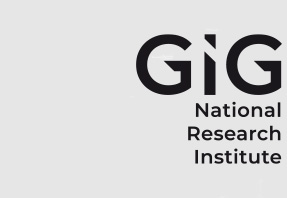Author ORCID Identifier
Marcin Karbownik: 0000-0001-5858-5345
Abstract
The methane hazard is one of the natural hazards occurring in hard coal mining. The content of natural methane in hard coal seams, the so-called methane-bearing capacity, is one of the key parameters that allow for proper assessment of the methane hazard and the state of the threat of gas and rock outbursts. For safety purposes, there is a constant need to improve the methods for the determination of this parameter. In the conditions of Polish mining, the method used for methane-bearing capacity determination is the direct drill cuttings method. This paper contains a comparative study presenting three different methods of methane-bearing capacity determination. Tests were conducted using two direct methods (the drill cuttings method and the United States Bureau of Mines (USBM) method), and the indirect method based on the desorption intensity index. On the basis of the obtained test results, it was found that the results obtained with the USBM method were slightly higher than those obtained with the direct drill cuttings method. Gas losses, an important element affecting the final value of the assay, were also analysed. This comparative study will evaluate the validity and applicability of the above methods under specific conditions in hard coal mining.
Recommended Citation
Karbownik, Marcin
(2022)
"Analysis of the application of methane-bearing capacity test methods in the conditions of Polish mining,"
Journal of Sustainable Mining: Vol. 21
:
Iss.
4
, Article 2.
Available at: https://doi.org/10.46873/2300-3960.1365
Creative Commons License

This work is licensed under a Creative Commons Attribution-Noncommercial-No Derivative Works 4.0 License.

